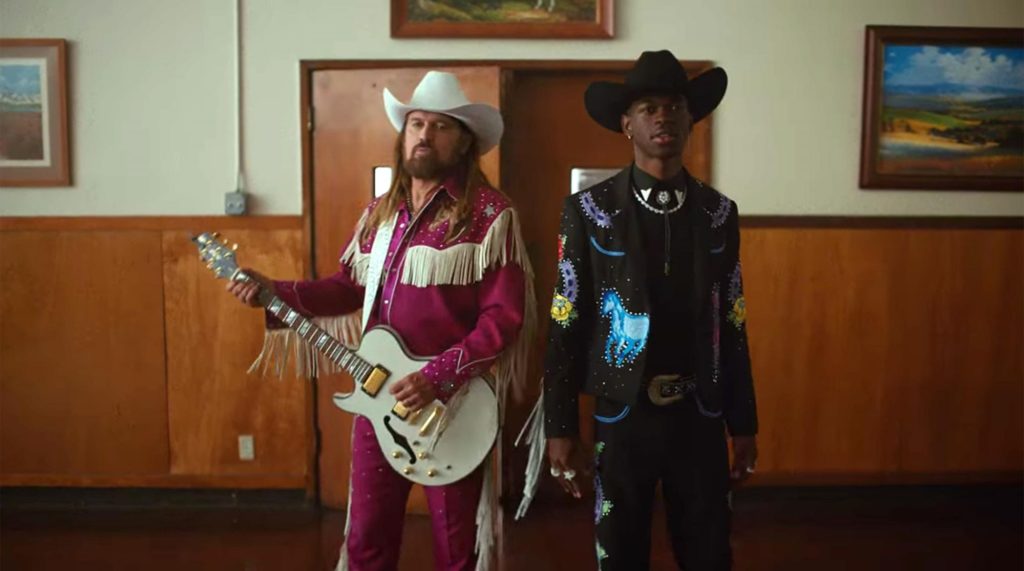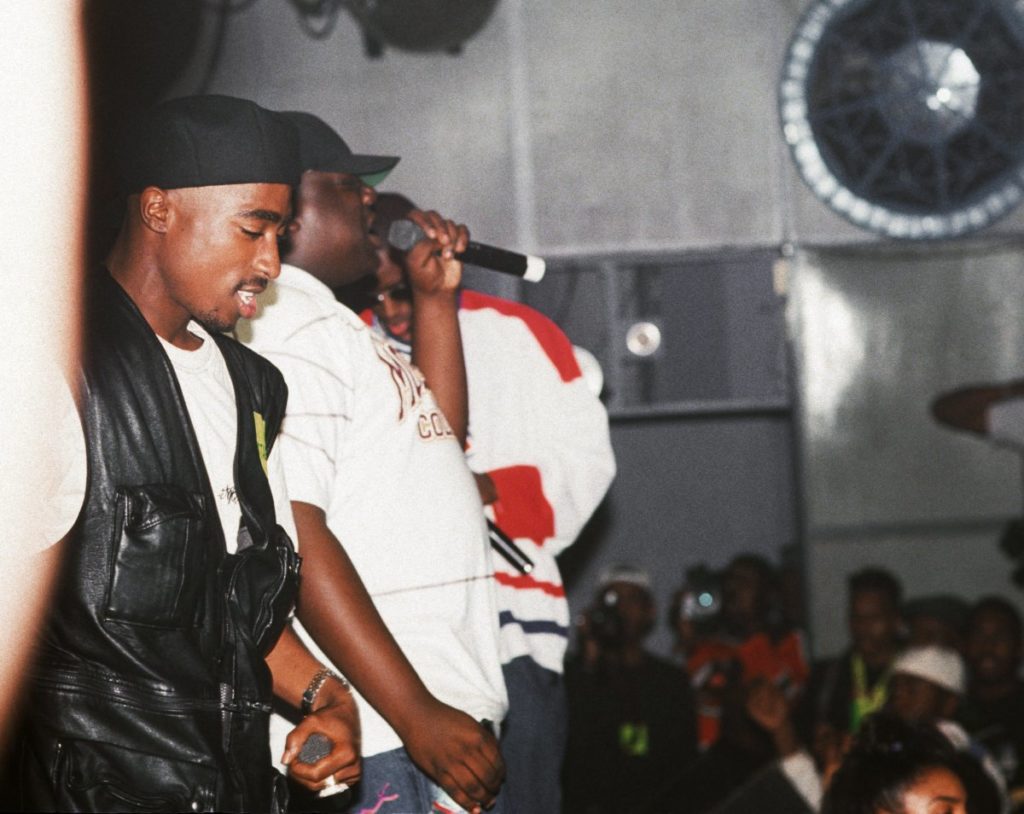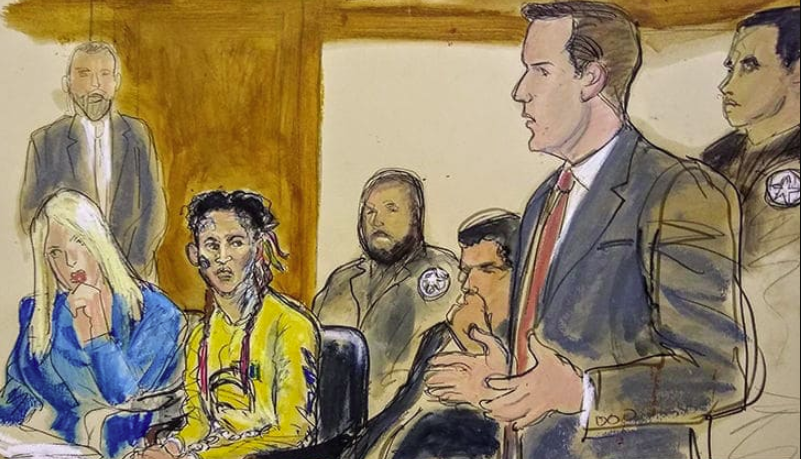Today, NFT firm RECUR announced a $50M Series A raise at a $333M USD valuation and the launch of a new NFT college sports platform. The platform, NFTU, will initially feature PAC-12 moments from all available sports. In addition, RECUR is deep into hiring mode with plans to add over 150 employees across departments, up from previous plans to hire 100. And, in more long-term news, RECUR claims to be developing an NFT standard that will allow for secondary royalties across blockchains.
RECUR shared its shift into a higher level of scaling in a company announcement after previously announcing in March a record-breaking seed round for an NFT startup of $5 million. Investors in the seed round included Gary Vaynerchuk, Courtside VC, Joseph Lubin, Gemini, and Behance’s Scott Belsky. RECUR’s Series A round of $50M, and post-money valuation of $333M, is led by a “metaverse investment platform” called DIGITAL. The platform is backed by the family office of Steve Cohen, who is also joining RECUR’s board.
The funding appears to have caused RECUR to up its recent hiring estimate of 100 openings to 150+. These openings are not just for engineers, though there will be plenty of those. The current job list also features a large number of open community, design, and marketing positions. This may be the largest single effort to hire employees with so-called soft skills in the current NFT industry. It also reveals RECUR’s intent to build offices nationwide in major U.S. cities.
The announcement of their new college sports platform, NFTU, is more big news. To enable this platform, RECUR has partnered with AI tech company Veritone, which licenses content for the Pac-12 Networks of television and digital outlets. Veritone will help RECUR obtain “moments” from all possible Pac-12 sporting efforts. Together, they will also connect with student-athletes for approved video highlights in keeping with the new Pac-12 Networks NIL Licensing Program. In addition, RECUR is partnering with CLC, which licenses college trademarks, to add marks and mascots to the NFTU platform.
RECUR’s only previous NFT project was the minting of an NFT featuring the Cleveland Cavaliers’ locker room. This NFT was presented to corporate partners of the Cavs at a special event. However, today’s announcement of NFTU opens up a whole new level of the game.
In longer-term news, RECUR previously revealed that it is working on a new ERC standard for NFTs that will enable secondary royalties to be generated on sales across blockchains. If successful, this effort will be a considerable he achievement for the company, especially given that even on Ethereum, major NFT platforms have yet to successfully initiate such royalties across all platforms.
RECUR is clearly at a major point in its development which means it has potentially crushing challenges ahead. It’s one thing to announce plans for 150 new hires and to successfully make those hires and integrate them into new operations. That is not to speak of the challenge of working with major brands, a process with many pitfalls, and the technical challenges of emerging technologies that sometimes seem duct-taped together.
How RECUR navigates these challenges will be worth watching. And how established platforms respond will also be worth considering. The NFT industry is moving into a new phase of corporate engagement and outreach to mainstream collectors. Newer companies like RECUR and new platforms like NFTU will certainly face challenges but also present serious competition to incumbents.
Featured Image Courtesy RECUR




